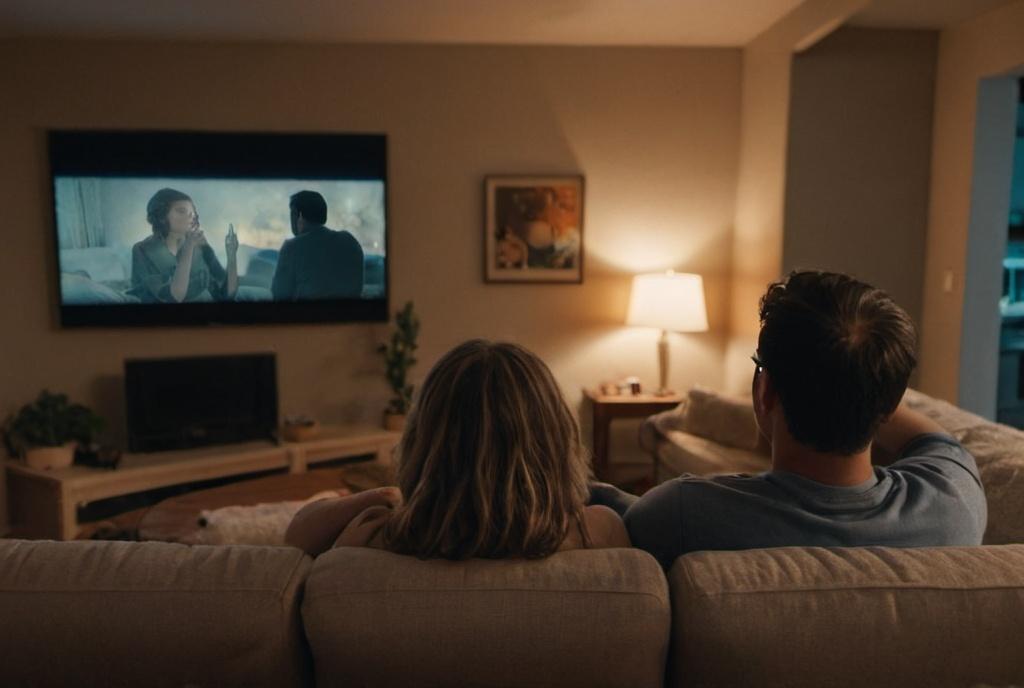
Key Take Aways About dialogue recording for film
- Dialogue is crucial to storytelling, providing depth, motivation, and plot direction.
- Quality vs. budget is a critical balance; poor sound recording can hurt audience reception.
- Location affects acoustics; ideal spots minimize noise and enhance dialogue.
- Technology advancements like boom mics and lavaliers are key, but skill is essential.
- ADR serves as a backup for unusable on-set audio but can be costly and time-consuming.
- Mixing and mastering ensure balanced sound, impacting overall film quality.

Dialogue Recording in Film: A Nuanced Affair
The art of capturing dialogue in movies involves more than just hitting the record button. It’s a dance—an intricate interplay between the cast, crew, and technology. If you’re wondering how this impacts the bottom line, think of dialogue as the stock that can make or break your film’s equity. An impeccable script gets you only halfway; how it’s delivered and captured is equally critical.
Importance of Dialogue
Dialogue forms the backbone of most narrative films. While visual storytelling is essential, dialogue gives characters depth, reveals motivations, and, most importantly, drives the plot forward. Ever watched a movie where the dialogue was off, either too loud, too soft, or just plain awkward? It sticks out like a sore thumb. In investment terms, that’s like pouring funds into a poorly diversified portfolio.
Balancing Act: Quality vs. Budget
Capturing dialogue ain’t a cheap endeavor. Think of it like balancing a corporate budget. You don’t want to skimp on quality because a subpar sound recording can turn audiences away faster than you can say “box-office flop.” If your movie’s dialogue sounds like it was recorded in a tin can, it’s akin to investing in a depreciating asset.
Location and Acoustics
Imagine trying to hold a conversation in a wind tunnel—sounds crazy, right? The same principles apply when choosing film locations. Ideal settings minimize external noise while enhancing sound quality. Picture a restaurant scene; background ambient chatter is good for realism, but it shouldn’t overpower the actual conversation. And this is where you channel your inner sound engineer to find the sweet spot.
Technology and Equipment
The world of dialogue recording has evolved, thanks to advancements in technology. From boom mics to lavaliers and everything in between, each tool has its place. Yet, equipment without skill is like buying a high-end stock and never watching the market. Knowledge is power, and knowing when to use which tool is key.
Boom Microphones
Boom mics are probably the most recognizable piece of audio recording equipment. These are the long poles with microphones attached that you’ve probably seen in “behind-the-scenes” photos. They offer a lot of flexibility and can capture sound from a distance, making them invaluable for wide shots. However, they’re not immune to issues. Watch out for shadows; more than once, a boom mic has sneaked into a shot. It’s kind of like an unexpected expense that catches you off-guard during quarterly reporting.
Lavaliers
These are the hidden gems in your sound recording toolkit. Lavaliers, or lapel mics, are small and can be attached to the actors’ clothing. They offer consistent sound but come with their own set of challenges. Rustling clothes, anyone? Sound like insider trading, interference just means trouble.
ADR: The Safety Net
Automated Dialogue Replacement (ADR) is like having an insurance policy. When on-set recordings are unusable, ADR saves the day. Actors re-record their lines in a controlled environment. But beware, it can be costly and time-consuming—like any good insurance policy. Plus, synchronizing ADR with the original scene? That’s a bit like aligning your budget projections with actuals; it requires precision.
Mixing and Mastering
After capturing the dialogue, the next step is mixing and mastering. This is the phase where all recorded sounds are balanced. It’s akin to rebalancing your investment portfolio; you want to ensure everything is aligned for the best possible outcome. Poor mixing can ruin even the best dialogue recording, much like poor asset allocation can ruin an investment strategy.
Conclusion
In the cinematic universe, dialogue recording is far from straightforward. It doesn’t just involve technical skills but also an understanding of how dialogue fits within the bigger picture of storytelling. When budgeting for a film, give dialogue recording its due importance—much like you’d consider the implications of an economic downturn on your investment portfolio. After all, your audience deserves a return on their emotional investment, and top-notch dialogue is a significant part of that package.



